Related Research Articles

Allan Dwan was a pioneering Canadian-born American motion picture director, producer, and screenwriter.
The year 1919 in film involved some significant events.
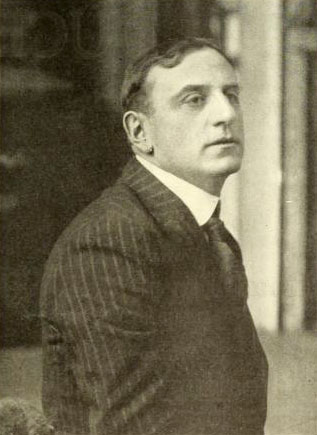
Maurice Félix Thomas, known as Maurice Tourneur, was a French film director and screenwriter.

Frank William George Lloyd was a Scottish-American film director, screenwriter, producer and actor. He was among the founders of the Academy of Motion Picture Arts and Sciences, and was its president from 1934 to 1935.
The Motion Picture Directors Association (MPDA) was an American non-profit fraternal organization formed by 26 film directors on June 18, 1915, in Los Angeles, California. The organization selected a headquarters to be built there in 1921.

Marshall Ambrose "Mickey" Neilan was an American actor, director, producer, and screenwriter, whose work in films began in the early silent era.

Triangle Film Corporation was a major American motion-picture studio, founded in July 1915 in Culver City, California and terminated 7 years later in 1922.
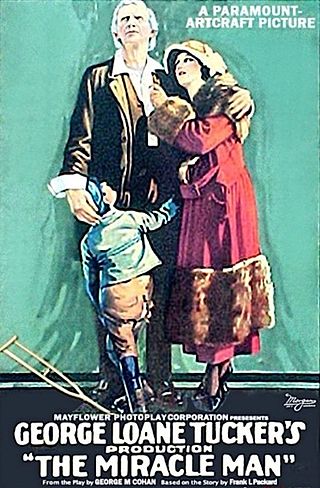
The Miracle Man is a 1919 American silent drama film starring Lon Chaney and based on a 1914 play by George M. Cohan, which in turn is based on the novel of the same title by Frank L. Packard. The film was released by Paramount Pictures, directed, produced, and written by George Loane Tucker, and also stars Thomas Meighan and Betty Compson. The film made overnight successes of the three stars, most notably putting Chaney on the map as a character actor.
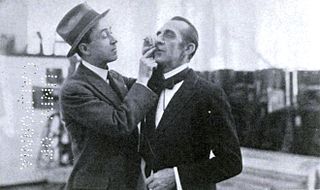
John Emerson was an American stage actor, playwright, producer, and director of silent films. Emerson was married to Anita Loos from June 15, 1919, until his death, and prior to that the couple had worked together as a writing team for motion pictures. They would continue to be credited jointly, even as Loos pursued independent projects.

Arthur Henry Rosson was an English film director. From 1917 to 1948, Rosson directed 61 feature films. He also worked on many major films as a second unit director until 1960, particularly for Cecil B. DeMille.
The Ways of Fate is a 1913 American silent short romance film produced by the American Film Manufacturing Company. The film's directorial and producer roles have been both attributed to Allan Dwan, but other sources point to Wallace Reid as director. The film's fictional plot is centered on Jim Conway, who grew up wanting to avenge his father's death and headed West to seek his father's killer. Lost in the mountains, he is saved by a young woman and the two fall in love. After a few weeks with her, Conway reveals the reason he came west and the young woman's father overhears it. The old man confesses to killing Conway's father, over a game of cards, and bares his chest. Conway refuses to take revenge, because love had diminished such feelings. The film was released on April 19, 1913 and it had a widespread national release. It is not known whether the film currently survives, but it is presumed lost.

Wilfred Buckland was an American art director. Buckland worked as an art director with Cecil B. DeMille and Jesse Lasky, and later with Alan Dwan, from 1914 to 1927. He was Hollywood's first "art director" and is credited with a number of advancements in filmmaking, including the advances in lighting techniques, the development of architectural sets, and the use of miniature sets. In 1924, he was named one of the ten individuals who had contributed the most to the advancement of the motion picture industry since the time of its inception. A 1980 exhibition at the Victoria and Albert Museum in London advanced the argument that "everything we know as 'Hollywood' traces to Wilfred Buckland." Buckland was among the first inductees in the Art Directors Guild Hall of Fame.
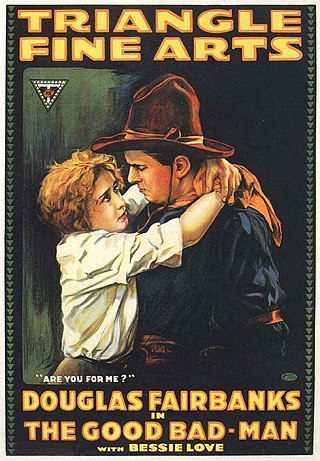
The Good Bad-Man is a 1916 American silent Western film directed by Allan Dwan. The film was written by Douglas Fairbanks, and produced by Fairbanks and the Fine Arts Film Company. It stars Fairbanks and Bessie Love.

Lucien Andriot ASC was a French and American cinematographer. He shot more than 200 films and television programs over the course of his career.
Wages of Virtue is a 1924 American silent drama film directed by Allan Dwan and written by Forrest Halsey and Percival Christopher Wren. The film stars Gloria Swanson, Ben Lyon, Norman Trevor, Ivan Linow, Armand Cortes, Adrienne D'Ambricourt, and Paul Panzer. The film was released on November 10, 1924, by Paramount Pictures. It was shot at the Astoria Studios in New York.
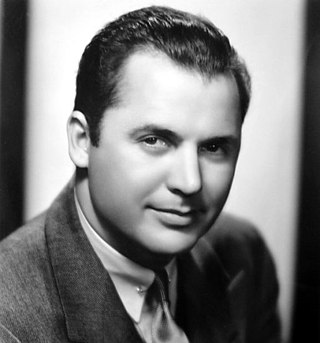
Edmund Grainger (1906–1981) was an American film producer. He produced more than sixty films during his career, and also occasionally worked as an assistant director. During the 1930s he was employed by Universal Pictures. He worked for RKO during Howard Hughes' ownership of the studio.

Selznick Pictures was an American film production company active between 1916 and 1923 during the silent era.
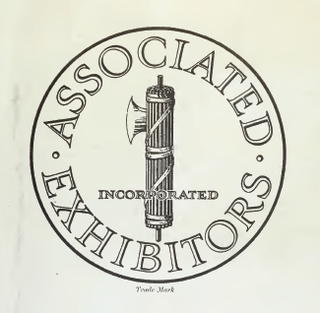
Associated Exhibitors was an American film distribution company active during the silent era. The company did not produce its own pictures but released productions by independent producers, handling a mixture of low-budget and more prestigious films during the 1920s. Established in 1920, it had a close association with Pathe Exchange, another medium-sized American company.
The W. W. Hodkinson Corporation was a film distribution corporation active during the silent era. It was established and run by the pioneer William Wadsworth Hodkinson who had previously been instrumental in the foundation of Paramount Pictures. After being forced out from Paramount in 1916, Hodkinson briefly worked with Triangle Film before setting up his own independent distribution outfit in November 1917, purchasing Triangle's distribution network of film exchanges for $600,000. It distributed more than a hundred films from 1918 until 1924, sometimes through Pathe Exchange.

The Dawson Film Find (DFF) was the accidental discovery in 1978 of 372 film titles preserved in 533 reels of silent-era nitrate films in the Klondike Gold Rush town of Dawson City, Yukon, Canada. The reels had been buried under an abandoned hockey rink in 1929 and included lost films of feature movies and newsreels. A construction excavation inadvertently uncovered the forgotten cache of discarded films, which were unintentionally preserved by the permafrost.